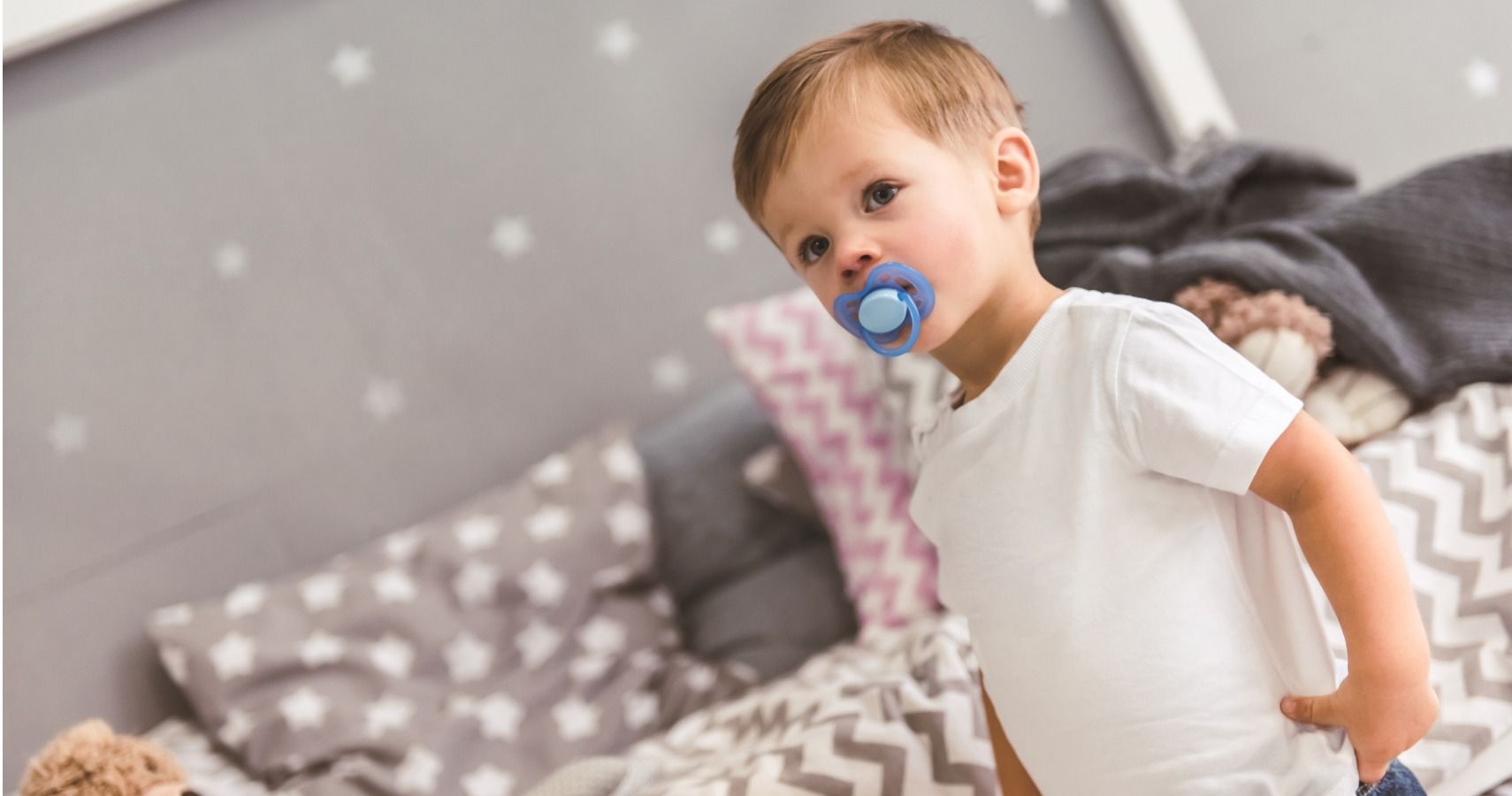When it comes to pacifiers, toddlers either love them or they absolutely hate them. There’s really no in between. Many parents have noticed that their child either clings on to it like it’s a tight bag of one hundred-dollar bills or they hate as if it tasted like yesterday’s vegetables. Either way, it’s a controversial accessory to have, as many moms and dads swear by it while others try to keep it away as far as possible.
With that being said, pacifiers aren’t all that bad. Also called a dummy, binky or a soother, it is usually made of rubber, plastic or a silicone nipple and is given to a child to help comfort or soothe him or her during times of need. The mouth shield is usually large enough to avoid the danger of a child choking on it or worse, swallowing it.
The AAP suggests avoiding pacifiers for the first month. Although it is commonly believed that using a pacifier will lead to dental problems, if the pacifier is used for less than around three years, it does not appear to lead to long-term damage. However, there have been instances in which prolonged use has been linked to malocclusion of the teeth. This is when the teeth are sticking out or not meeting properly when they bite together. Still, pediatric dentists recommend limiting pacifier time once a child is two and eliminating it by age four to avoid dental problems.
Luckily, there are several different ways that moms and dads can help their child wean off of his or her pacifier. You can start by giving it only when your child is sleeping or at bedtime. After several weeks, stop offering it at nap time. And yes, there might be a good possibility that your child might become irritated or fussy without their pacifier. If this happens, try giving him or her a toy to cuddle with. That, or you can try and comfort your toddler through rocking and other soothing gestures.
Of course, there are other ways that you can wean your child off their pacifier, too. This might not be recommended by most people, but try going cold turkey. You can set a date, such as your child's birthday, when you'll get rid of the pacifiers. Also, you can trade it in or offer gifts in exchange for the pacifiers.
Whatever you do decide to do, take baby steps. Instead of an abrupt change (which no one likes, regardless if you are a toddler or an adult), wean your child by gradually reducing the times she uses the pacifier.
READ NEXT: Sucking On Your Child's Pacifier Could Help Ward Off Health Concern

